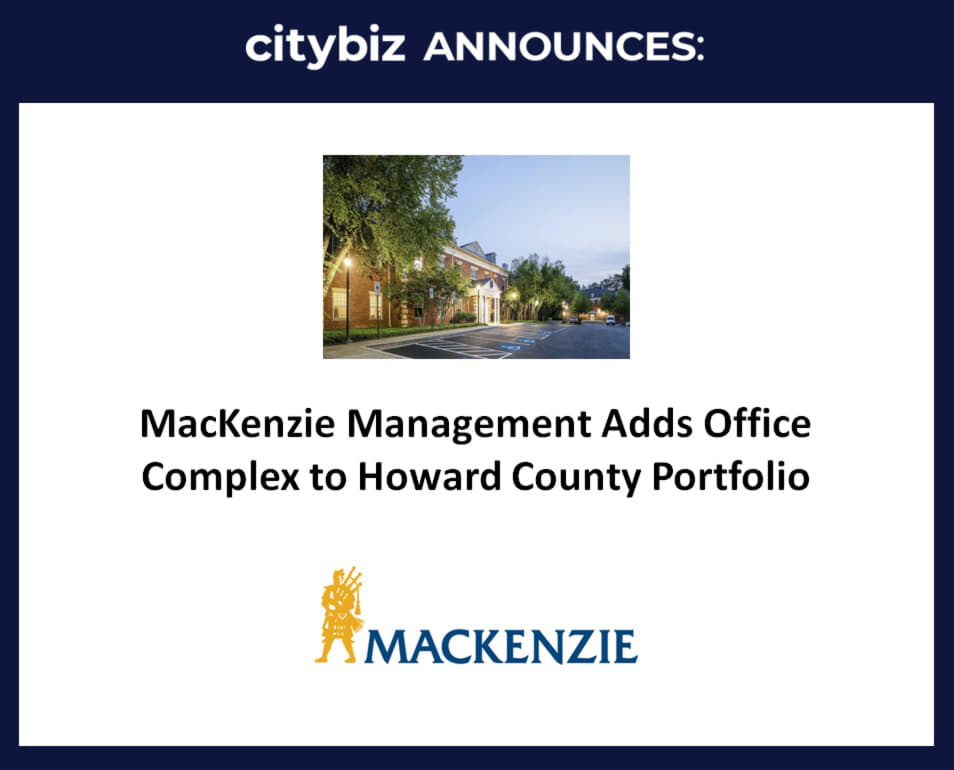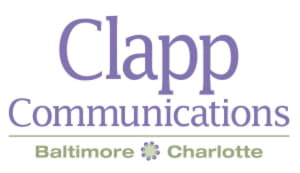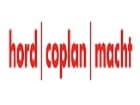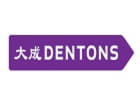
IMAGE SOURCE: GETTY IMAGES.
The T. Rowe Price (NASDAQ:TROW) College Savings Plan is a 529 plan offered by the state of Alaska to investors all across the U.S. Deposits into the plan are invested into one of eight age-based portfolios that gradually become more conservative or into one of five static portfolios that keep their mutual fund allocations the same over time.
What is a 529 savings plan?
A 529 college savings plan is a tax-advantaged way to save for college. Plans work similarly to a Roth IRA for tax purposes in the sense that contributions are not tax-deductible, but qualified distributions are 100% tax-free.
529 plans are administered by the states, but are not necessarily restricted to each state's residents. In fact, T. Rowe Price's 529 plan offered by the Education Trust of Alaska. Money deposited into a 529 is invested in a variety of mutual funds, depending on the plan, and investments grow and compound tax-free until withdrawn. For a more in-depth overview of 529 plans, check out this other article.
About the plan and its investment choices
The T. Rowe Price 529 Plan (also known as the T. Rowe Price College Savings Plan) is a college savings plan that invests account holders' savings in T. Rowe Price mutual funds.
Investors can get started for as little as $50 per month and money in the plan can be used toward expenses at any eligible private or public institution in the country. And with a $400,000 balance limit, the plan can be used to save for even the most expensive colleges.
The plan charges a $10 annual fee (which is fairly easy to waive), as well as a 0.11%-0.13% annual program management fee (which can't be waived) depending on the chosen portfolio. It's important to note that this fee is on top of the expense ratios charged by the underlying mutual funds. In total, the cost of investing in the plan ranges from 0.16% of assets per year for a money market portfolio up to 0.81% per year for other portfolios.
There are currently 13 different investment portfolios to choose from, eight of which are based on the date of the beneficiary's enrollment and five of which are "static," meaning that they invest in a predetermined mix of stocks and bonds.
The eight enrollment-based portfolios are automatically adjusted over time to lower risk as the beneficiary is getting closer to college age. These portfolios start out 100% invested in equities, and gradually shift into more conservative assets such as bonds and money market instruments. Here are the eight enrollment-based portfolios offered, as well as their current asset allocation:
Enrollment Date | Stock Allocation | Bond Allocation | Money Market/Fixed Income Allocation |
|---|---|---|---|
| 2036 | 100% | 0% | 0% |
| 2033 | 100% | 0% | 0% |
| 2030 | 97.5% | 2.5% | 0% |
| 2027 | 82.5% | 17.5% | 0% |
| 2024 | 67% | 33% | 0% |
| 2021 | 51.25% | 48.75% | 0% |
| 2018 | 34.25% | 65.75% | 0% |
| Currently in college | 20% | 40% | 40% |
DATA SOURCE: T. ROWE PRICE.
On the other hand, the five static portfolios maintain the same asset allocation as time goes on:
- Total Equity Market Index -- invests 100% of assets in the T. Rowe Price Total Equity Market Index Fund.
- Equity Portfolio -- spreads assets among several T. Rowe Price stock-based mutual funds.
- Fixed Income Portfolio -- invests exclusively in the T. Rowe Price Spectrum Income Fund, which holds fixed-income and money market securities.
- Balanced Portfolio -- invests 60% of assets in stocks and 40% in the Spectrum Income Fund.
- Money Market Portfolio -- invests in the T. Rowe Price Summit Cash Reserves Fund, with the primary goal of preserving the investment principal.
So, if you want to stay in stocks longer than the enrollment-based portfolios would, you may want to use one of the equity portfolio options. Or, if you want to take a more conservative approach earlier, the balanced or fixed-income portfolio options could be the way to go.
Comparing the T. Rowe Price 529 to other plans
According to Savingforcollege.com, there are a total of 112 state-run 529 plans, so it's important to compare your options. Many of these offer incentives to state residents, so it's essential to compare the pros and cons of each plan. Your home state's plan is a good basis for comparison.
In the interest of full disclosure, I'm a big fan of T. Rowe Price's mutual funds but I use my home state's (South Carolina) 529 plan to invest for my children's education, primarily because of the state tax incentives it offers.
Contributions to the South Carolina Future Scholar 529 Plan are tax deductible on residents' state tax returns, and the maximum expense ratio from the underlying funds is just 0.25%. Your state's plan may have similar benefits or it might not, and in fact T. Rowe Price advises investors to compare their own state's plan to its own before investing. You can see all of the details for your state's 529 plan on Savingforcollege.com's database.
A good option, but do your homework
The bottom line is that the T. Rowe Price 529 Plan is a solid option to save for your child's education, especially if you're a fan of the company's mutual funds. However, since 529 plans are administered by the state, be sure to shop around and see what incentives and fees are offered by your own state's plan before making a decision.
But has T. Rowe Price Group tripled the market's return over the last decade? Because that's exactly what David and Tom's Gardner's stock picks have done over the last 13 years in Motley Fool Stock Advisor. And they just released their newest picks.
Don't miss out -- Join the hundreds of thousands of eager investors ready to grab these picks by clicking here.


































